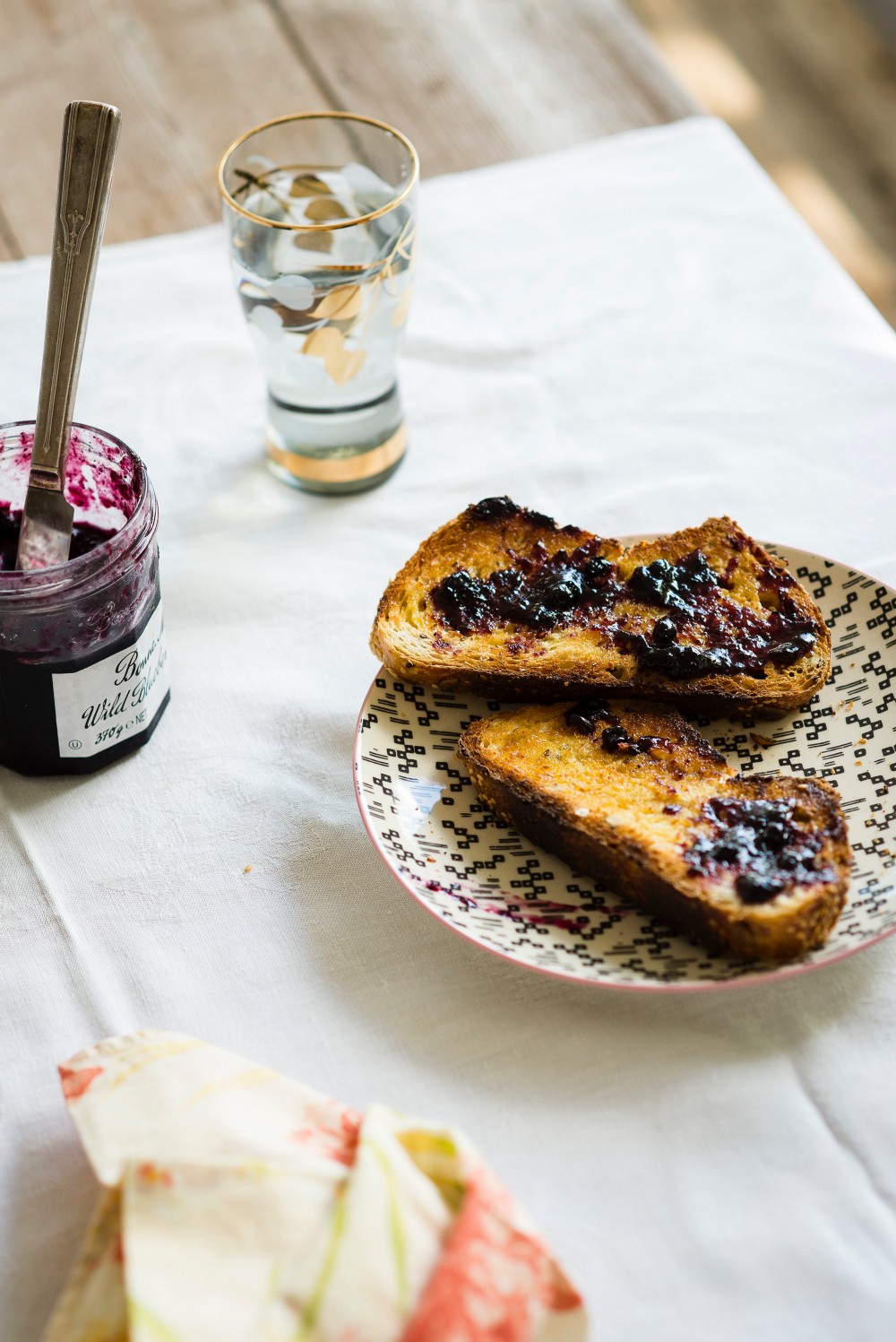More choice is good for us, it seems. Search for a new iPhone case on Google or Amazon, and there’s plenty of choice (3.4 billion results on Google). Plenty.
But so much choice (even less than the 3.4 billion iPhone case options) can lead to a miserable consumer experience. The immediate reason is obvious — too much choice bamboozles us. And when our choices are shaped my multiple attributes, the scope for bamboozlement goes through the roof.
Numerous studies have shown how a greater range of choice, though, can reduce the likelihood of us actually buying anything at all.
Take jam flavours (10.2 million results on Google).

In 2000, two psychologists from Columbia showed how something has simple as a jam flavour choice can be derailed by have too great a choice.
Sheena Iyengar and Mark Lepper set up a stall in an up-market food market to try and sell their jam. On the first day, they had 24 different flavoured jams to choose from. Anyone who sampled the jams received a coupon to take $1 off the price of any pot they chose. On the second day, everything was the same, except there were now only six flavours to choose from. Same deal with the $1 coupon. The results reveal the challenge — whilst the larger display garnered more interest from passing shoppers, those who received their voucher with a choice of 24 in front of them were only 1/10th as likely to actually buy a jam than those who had a choice of six in front of them. It seems when it comes to jam, we can have too much choice.
Except it’s not just with jam. Think toothpaste (46 million results), deodorant (90 million) or breakfast cereal (113 million results) — virtually anything we buy as modern consumers presents us with a staggering array of choice…which may cause us not to buy at all.
And it’s not just as consumers we struggle to make sense of the scale of choice. Even professional decision makers struggle. When presented with more options of how to treat a medical issue, doctors are more likely to refer the patient to a specialist — in other words, bumping the need to choose to someone else. Besides the inconvenience to the patient, this inability to make a decision — to choose — would also cost the system more.
There’s also the issue that with so much choice, whatever choice we make, the chance of being hit with a large dose of buyer’s remorse increases. Psychologist Barry Schwartz describes this well. Imagine, he says, going on a date. In one situation, you choose a little taverna where the food is great, but the menu limited, and there’s only house red and house white wine to choose from. You choose red, and it’s terrible. In a parallel universe, you and your date go to a very upmarket restaurant, where there are over 100 reds on the wine list. You choose one, and it’s also terrible. Schwartz makes the argument that even though it’s a bad wine in both cases, it’s the second situation that causes you to feel worse. Why? Because you had more choice, and so you tell yourself you should have been able to choose a good one.
So not only does choice stifle our willingness to choose, but it also increases the likelihood that we won’t like the choice we make.
What has any of this have to do with energy efficiency and how we shop for energy-smart appliances? It turns out, quite a lot, we think.
Let’s imagine we’re in the market for a new washing machine (400 million results). Maybe the current one has just given up the ghost (this is the most likely reason you’d be in the market for a new machine, our research tells us). You start to search.
Bang — 400 million search results. For a product you don’t care too much about — you just want clean clothes.
But at the same time, if you are replacing it, wouldn’t it be good to ace the decision, and get a great machine (features and running costs) at a great price? Suddenly the decision’s getting more complicated. Except there’s a very simply way to narrow down those choices.
All we need to do is ask any 7 year-old about choices.
Any self-respecting 7 year-old will tell you that what they’d like most for dinner tonight, is what they had for dinner last night. In fact that predictability extends into adulthood — just look at airport lounges and certain hotel chains around the world. Familiar is good.
Past preferences and buying behaviour are the most stable and powerful predictor of what we’ll do next time.
So back to our broken-down washing machine. What’s the best choice for us? Most likely, it’ll be the most efficient and highest quality equivalent of the one that’s just failed. We’d want the one we had last time, only better. That would be a choice made easier, for sure.
At Enervee we’ve gone through the process of building ‘choice engines’ for consumers. These choice engines are built on distinct sources of data (product, market and consumer), all with the aim of making the best choice the easiest choice. In our case, it’s about making the most efficient models in any product category or class visible. And part of the way we do this, is by understanding how we — as consumers — use the products and will want to use them in the future — how many washes per week, how many hours of TV watched, how many years of ownership, etc. We make it easy and compelling to input these consumer-specific usage data to make the search order more meaningful for the consumer (predicting personal energy costs and savings of models, alongside reviews and price comparisons). But of course, the one key piece of information that would really help make the choice process cleaner and more efficient still, is simply asking what you had for dinner yesterday i.e. what washing machine (or any product or appliance) do you currently have? With this information, the opportunity opens up of offering the most tailored and relevant choices to each and every consumer. Complete personalisation and relevance, at scale.
Too much choice is overwhelming — the evidence is in. And this is even when deciding is crucial (medical diagnoses and prescriptions). So when it comes to decisions that we’d really like to avoid having to take anyway (because they’re tedious and unfamiliar), unbridled choice has the potential to be even more destructive.
This is the core tenet of the choice engine concept — it takes user-specific data to build the most relevant choice set for the user.
Richard Thaler discussed the concept back in 2014, and in 2018 we at Enervee made this tangible and practical for consumers shopping for products and appliances for their homes. We think this is a vital step in changing the way we buy for energy-consuming products and appliances at home.
And there is evidence to support our view. Try Googling ‘choice engines for consumers’. There are 50.4million results. And our blog post on how this concept can be used to deliver better buying decisions is No1.

